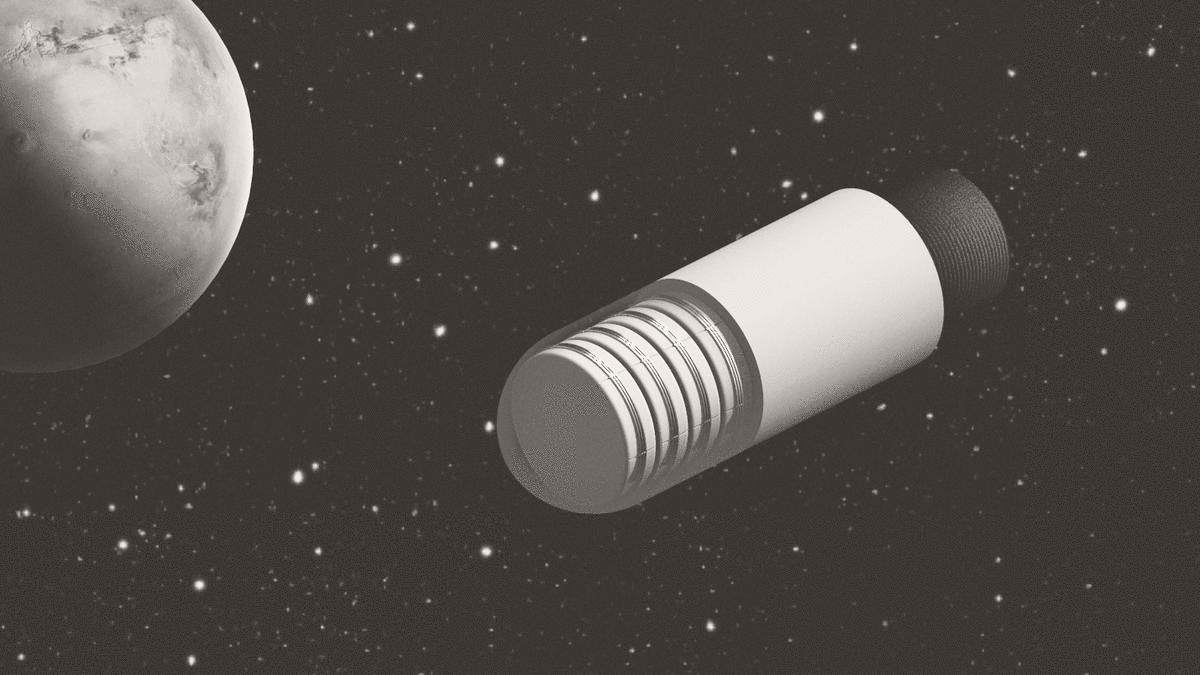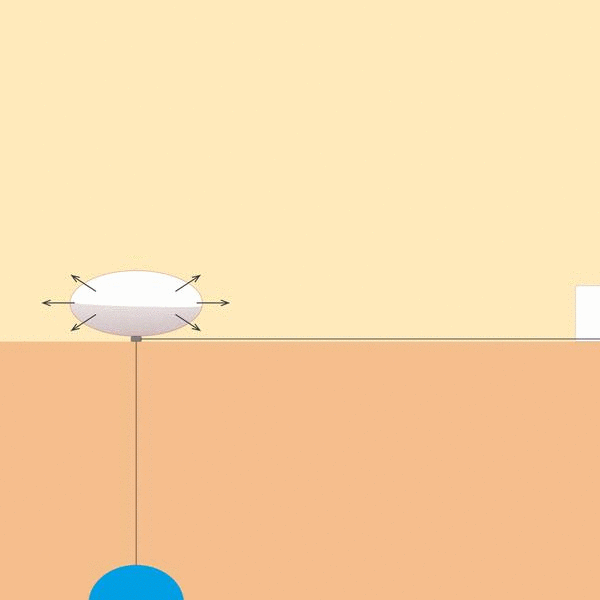
Mars Habitat
Lund University with NASA

This project started with a 2-week study trip to Houston, USA as a collaboration between Lund University and NASA.
We were given access to the "Lunar & Planetary Institute" and attended a talk with astronauts from 4 different countries at the "University of Houston" about their experiences in space.
Inspired by the gigantic "Skylab" space station during our visit to the "Space Center Houston". It had my interest piqued when I found out about the mutiny that took place on it in 1973.
I got an insight into the personal experiences of astronauts about their tasks, free time, how they felt, and what they loved to stare at from the little window.


Viewing the photos in person was more immersive than seeing them on a computer screen. The photographic timeline of events more than 50 years ago gave me goosebumps. How incredible it must be to see the vast expanses of space from a tiny cabin.
Therefore, this awe & excitement inspired me to design the next experience for future explorers. As a student in Sweden confined to closed spaces during its long & cold winters, relating to their expeditions was easy.

Goal
Create a serene & spacious experience on Mars.
Artificial Sun "CoeLux"
Unlike other lighting solutions that mimic the sunlight colours, "CoeLux" recreates the science behind sunlight and its shine with pin-sharp shadows. (as seen on the right)
With this, we can create stress-free habitats despite the state of the weather outside and simultaneously give a wider perception of space. (useful for 1st generation settlers)


Needs & Constraints
Maximum habitat diameter of 9m
Launch vehicle size limitations.
High-quality lighting systems
Maintain sleeping cycle & improve well-being.
Plantation
Stimulate seasonal changes akin to Earth.
Redundant facilities
High-preparedness during emergencies.
Lightweight furniture
Innovative designs to reduce transportation weight.

The Habitat

Inflatable & Stackable
For easy transportation.
Utilize onsite Regolith
For structural strength & radiation shielding.

A Home away from home
The proposed solution is a habitat with spacious perception in compact spaces.
An artificial sun lighting centred around a tree creates a calming green exterior and provides an obstructed view of the neighbours to reduce loneliness while maintaining privacy.
Transformative interiors
Adapt to social occasions like hanging out or watching a movie.

But Wait!
The power consumption of the lighting system & large display units alone would be equivalent to 5KW!
On Mars, solar panels operate at 33% efficiency of that on Earth and need continuous maintenance due to its dusty weather.
So, where could we find that energy?
Enter Thermal Expansion
The average temperature variation on Mars every day is around 78 °C (108 °F)
With the right choices of gaseous mixtures, the thermal expansion could be used to do work. For instance, to pump out the well-speculated ground-water that could further be used to generate electricity.
This balloon system would appear as if they were the lungs of the planet, expanding and contracting with every day that passes.


Meeting energy requirements for habitats will be the biggest challenge for future explorers as every task is going to be energy-dependent.
This is why the drastic temperature variation on Mars provides a unique opportunity to send experiments with a rover/lander to get a better picture of the feasibility of this concept.
Could the renewable source of energy on Mars come from its thermal properties?



